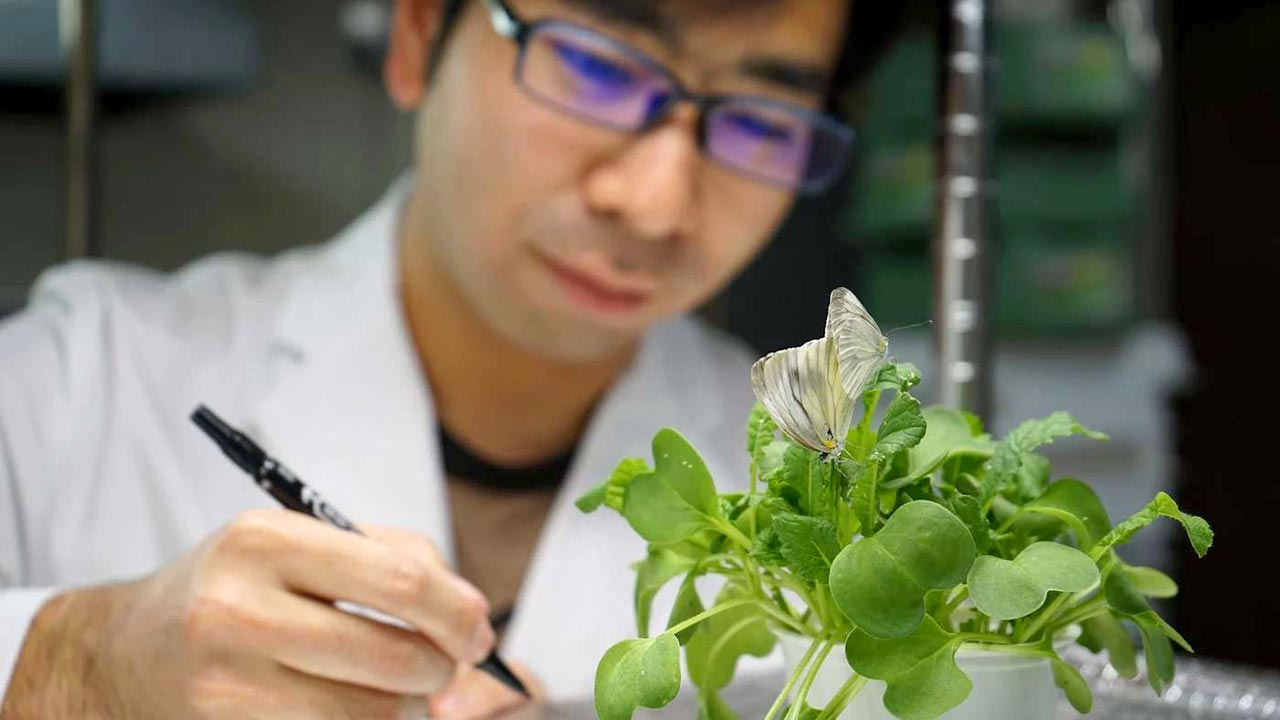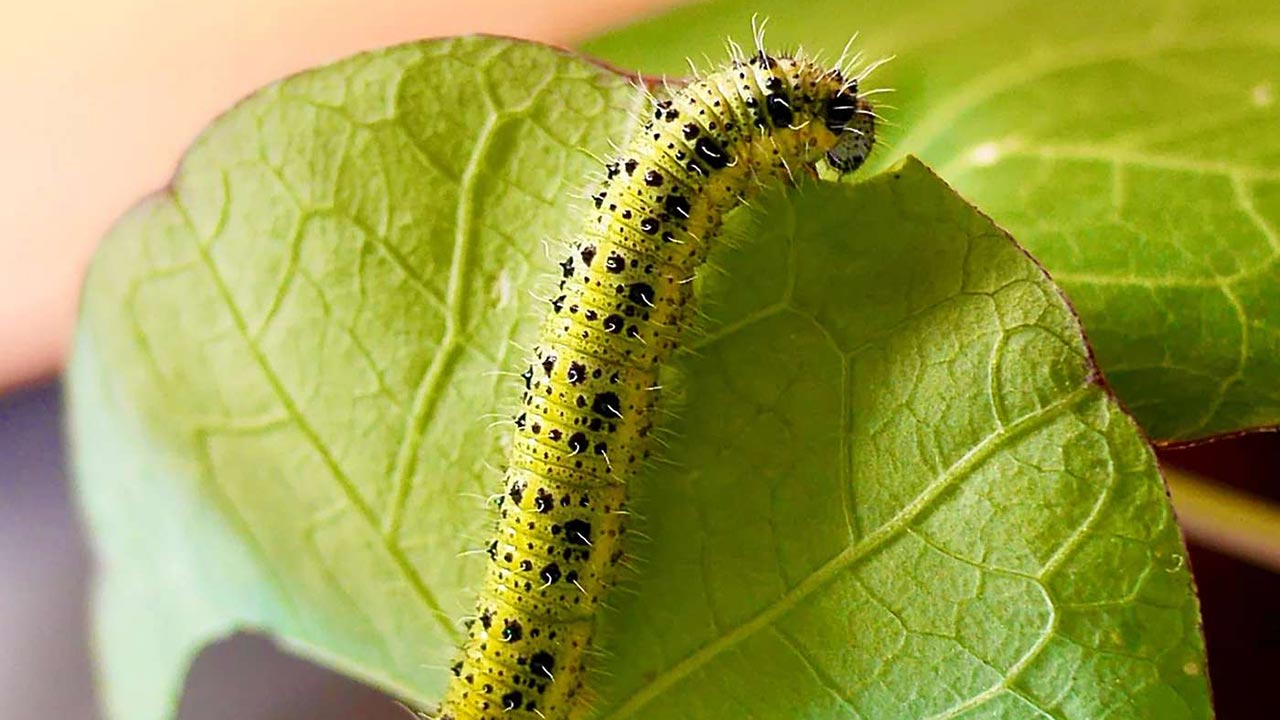How caterpillars deactivate the defense of cabbage plants
Researchers have discovered how the cabbage white butterfly detoxifies toxic mustard oils from its food source.

Plants have several protective strategies against insect pests: They can mechanically make it difficult for them to pierce or eat the leaves. They can make their taste or nutritional value unattractive. Or they can go one step further and produce substances that harm predators. But sometimes, in the course of evolution, insects fight back and bypass these defense methods. The cabbage white butterfly is a case in point.
Plant enzymes ignite the mustard oil bomb
Most cruciferous plants, which include cabbage, rapeseed, horseradish and mustard, have developed a chemical defense strategy against insect pests. Experts call it the "mustard oil bomb": the plants store mustard oil glycosides in their cells. If the plant tissue is damaged by the bite of an insect, the wounding activates enzymes from the group of myrosinases. They cleave the mustard oil glycosides and this produces toxic mustard oils, which drives the caterpillars away.
However, caterpillars of the cabbage white butterfly are not particularly impressed by mustard oil. As previous studies have already shown, two of the animal's enzymes are involved - NSP (nitrile specifier protein) and MA (major allergen). They are produced from a protein that many butterfly species have in their gut. Specifically, butterflies whose caterpillars feed on plants containing mustard oil glycosides produce these two enzymes from the protein.

Insect enzymes disarm the mustard oil bomb
"We wondered whether both enzymes are actually important for the detoxification of mustard oil glycosides and the caterpillars' ability to survive," explains Heiko Vogel of the Max Planck Institute for Chemical Ecology in Jena. After all, previous studies had shown that in related butterfly species which no longer feed on plants containing mustard oil glycosides, the enzymes were lost in the course of evolution. "This indicates that it appears to be costly for insects to maintain enzyme activity in the absence of the repellents," concludes the project group leader. The research team also investigated whether the function of the two enzymes differs depending on the composition of the mustard oil glycosides in different cruciferous plants.
Using the genome editing method CRISPR/Cas9, the researchers created caterpillars that lacked one, the other or both enzymes. If only one enzyme was knocked out, the caterpillars were able to live even on plants with high levels of mustard oil glycosides, even if they grew more slowly. However, if the animals possessed neither enzyme, they could not develop on their natural host plants.
Caterpillars adjust their counter
Further analysis indicated that the caterpillars naturally fine-tune the activity of their two enzymes to respond to the individually encountered assemblage and concentration of mustard oil glycosides. "Using a whole range of recognition, regulation and detoxification mechanisms, cabbage white butterflies fine-tune how they disarm different mustard oil bombs from the spectrum of their host plants, responding both to different mustard oil glycosides and to their activation," Vogel summarizes. Accordingly, the arms race between plant and insect pest is not just about whether the animals have any chance at all of neutralizing the plant's defense substance. "For the success of the pests, the regulation and activation of detoxification enzymes are also important factors in such complex interactions," concludes Vogel's colleague Yu Okamura.
bl


